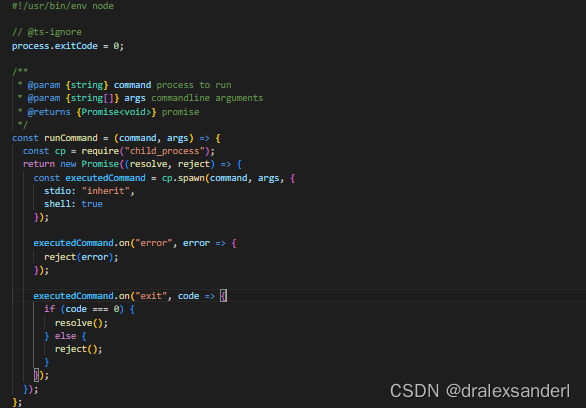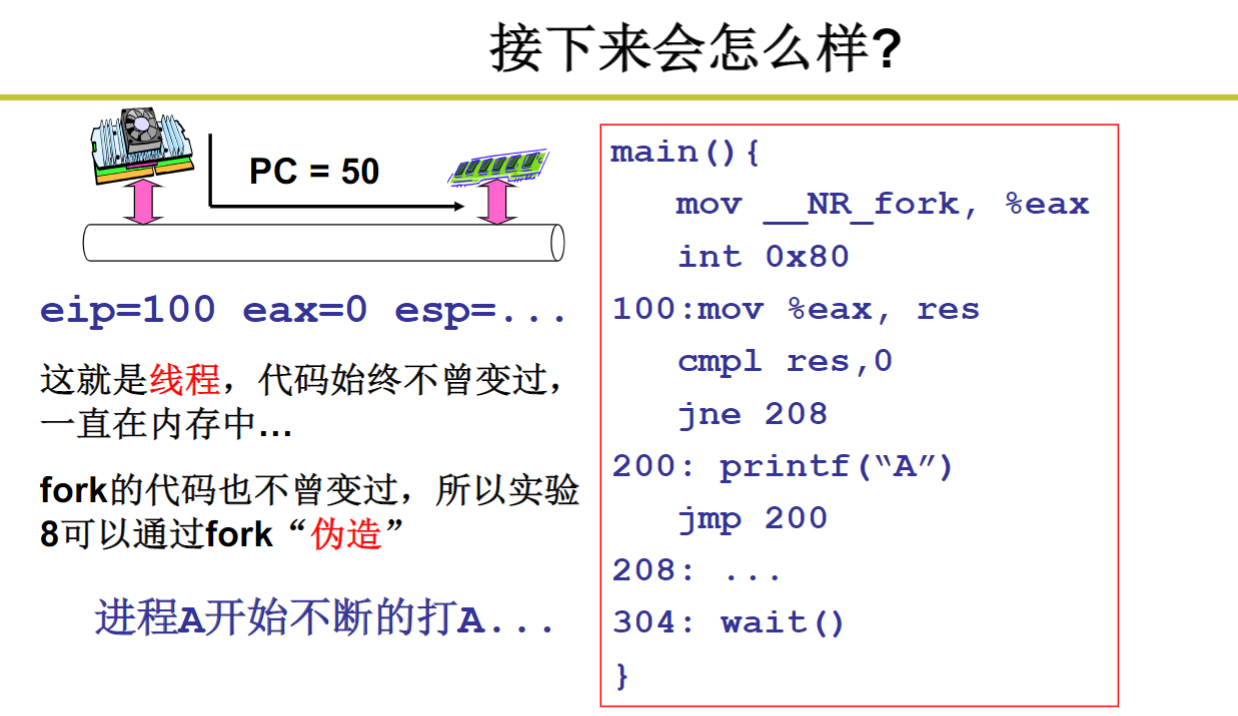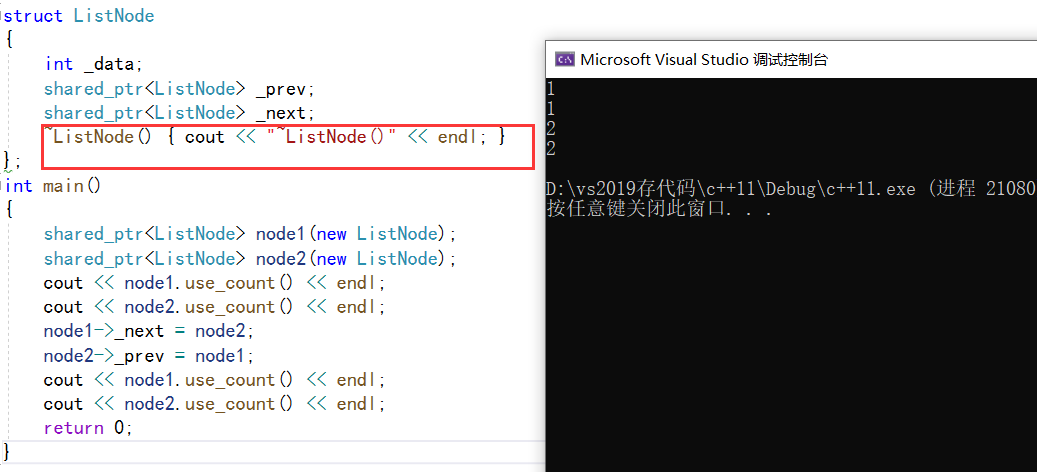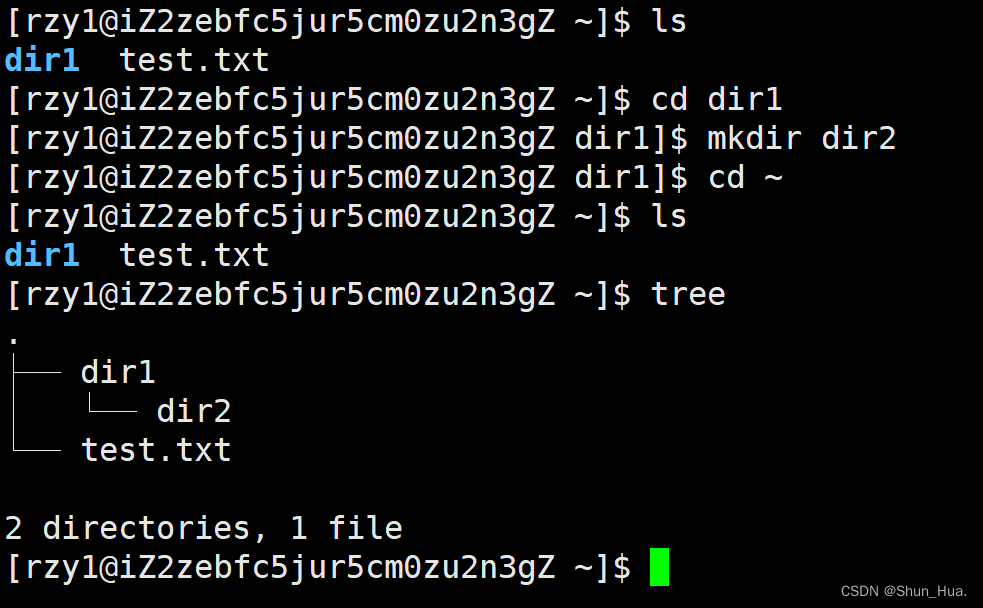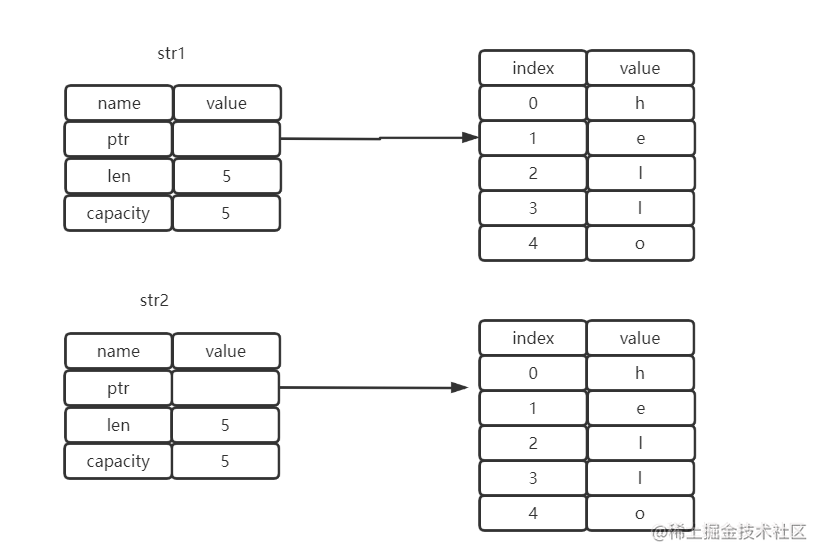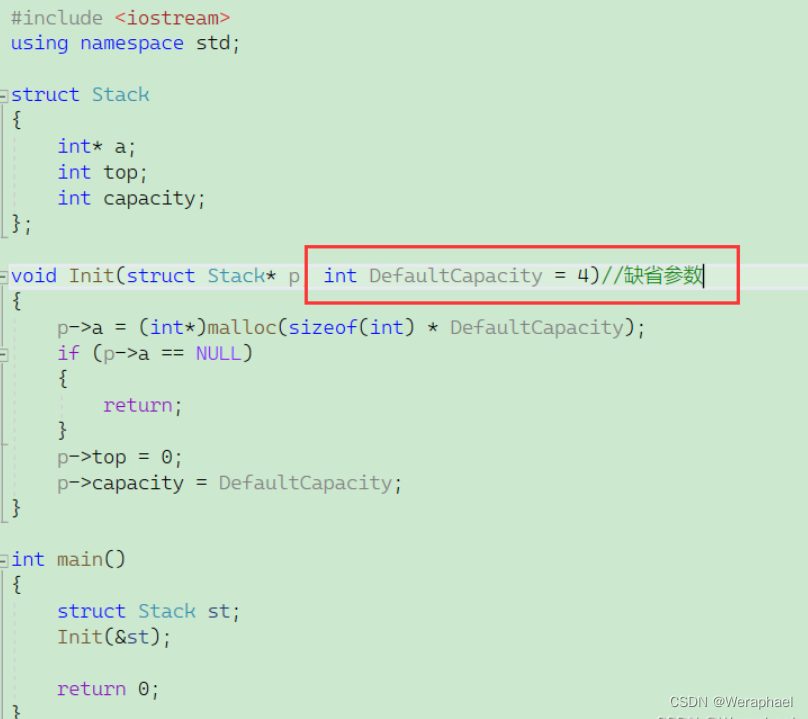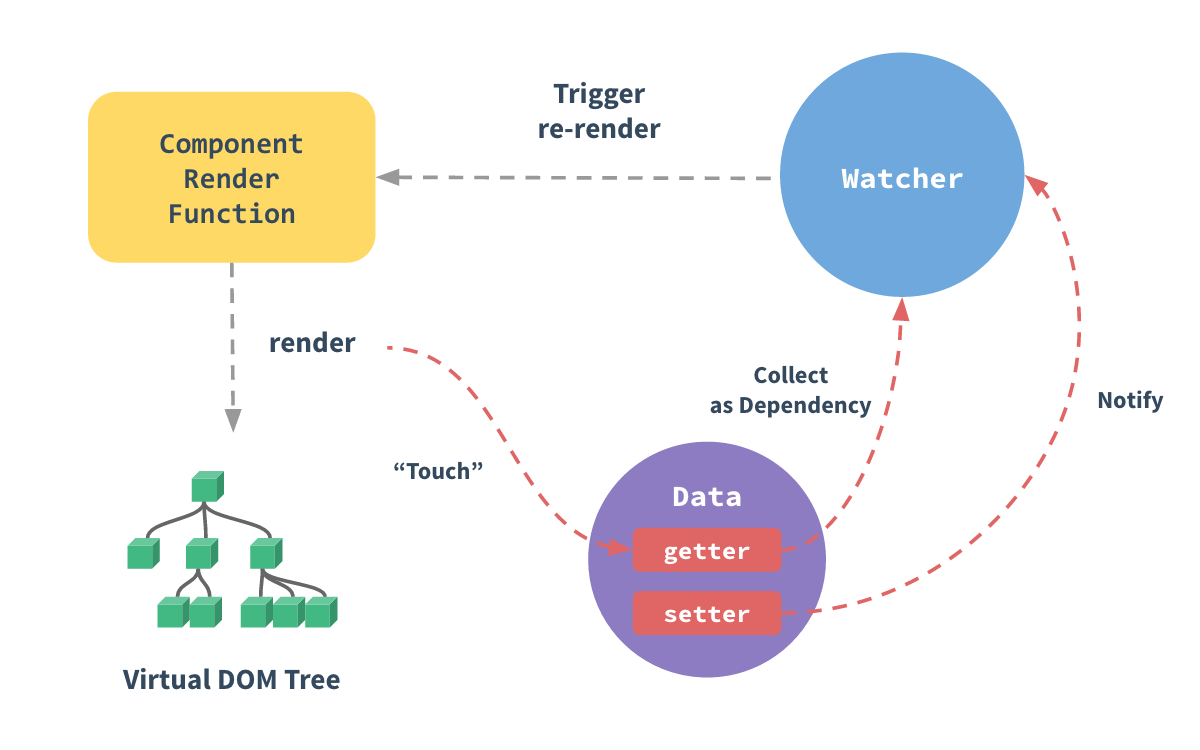目录
- RepVGG重参
- 前言
- 1. RepVGG
- 2. RepVGG网络搭建
- 2.1 conv_bn
- 2.2 RepVGG Block初始化
- 2.3 forward
- 2.4 branch的合并
- 2.5 重参的实现
- 2.6 整体网络结构搭建
- 2.7 模型导出
- 3. 完整示例代码
- 总结
RepVGG重参
前言
手写AI推出的全新模型剪枝与重参课程。记录下个人学习笔记,仅供自己参考。
本次课程主要讲解RepVGG的重参。
课程大纲可看下面的思维导图

1. RepVGG
RepVGG 通过结构化重参数思想,能够提高 VGG 网络性能,使其准确率直逼其它 SOTA 网络(如RegNet和EfficientNet),让训练网络的多路结构转换为推理网络的单路结构,提高其推理速度。


2. RepVGG网络搭建
2.1 conv_bn
先写一个函数用来实现conv+bn
def conv_bn(in_channels, out_channels, kernel_size, stride, padding, groups=1):
result = nn.Sequential()
result.add_module('conv', nn.Conv2d(in_channels=in_channels, out_channels=out_channels, kernel_size=kernel_size,
stride=stride, padding=padding, groups=groups, bias=False))
result.add_module('bn', nn.BatchNorm2d(num_features=out_channels))
return result
2.2 RepVGG Block初始化
RepVGG模块的初始化
class RepVGGBlock(nn.Module):
def __init__(self, in_channels, out_channels, kernel_size,
stride=1, padding=0, dilation=1, padding_mode='zeros',
groups=1, deploy=False):
super().__init__()
self.deploy = deploy
self.groups = groups
self.in_channels = in_channels
assert kernel_size == 3
assert padding == 1
padding_l1 = padding - kernel_size // 2
self.nonlinear = nn.ReLU()
self.se = nn.Identity()
if deploy:
self.rbr_reparam = nn.Conv2d(in_channels=in_channels, out_channels=out_channels, kernel_size=kernel_size,
stride=stride, padding=padding, dilation=dilation,
groups=groups, bias=True, padding_mode=padding_mode)
else:
self.rbr_identity = nn.BatchNorm2d(num_features=out_channels) if out_channels == in_channels and stride == 1 else None
self.rbr_dense = conv_bn(in_channels=in_channels, out_channels=out_channels, kernel_size=kernel_size,
stride=stride, padding=padding, groups=groups)
self.rbr_1x1 = conv_bn(in_channels=in_channels, out_channels=out_channels, kernel_size=1,
stride=stride, padding=padding_l1, groups=groups)
print('RepVGG Block, identity = ', self.rbr_identity)
2.3 forward
前向传播的实现
class RepVGGBlock(nn.Module):
def __init__(self, in_channels, out_channels, kernel_size,
stride=1, padding=0, dilation=1, padding_mode='zeros',
groups=1, deploy=False):
super().__init__()
...
def forward(self, inputs):
if hasattr(self, 'rbr_reparam'):
return self.nonlinear(self.se(self.rbr_reparam(inputs)))
if self.rbr_identity is None:
id_out = 0
else:
id_out = self.rbr_identity(inputs)
return self.nonlinear(self.se(self.rbr_dense(inputs) + self.rbr_1x1(inputs) + id_out))
2.4 branch的合并
多分支结构合并的实现
class RepVGGBlock(nn.Module):
def __init__(self, in_channels, out_channels, kernel_size,
stride=1, padding=0, dilation=1, padding_mode='zeros',
groups=1, deploy=False):
super().__init__()
...
def forward(self, inputs):
...
def switch_to_deploy(self):
self.deploy = True
if hasattr(self, 'rbr_reparam'):
return
kernel, bias = self.get_equivalent_kernel_bias()
self.rbr_reparam = nn.Conv2d(in_channels=self.rbr_dense.conv.in_channels, out_channels=self.rbr_dense.conv.out_channels,
kernel_size=self.rbr_dense.conv.kernel_size, stride=self.rbr_dense.conv.stride,
padding=self.rbr_dense.conv.padding, dilation=self.rbr_dense.conv.dilation,
groups=self.rbr_dense.conv.groups, bias=True)
self.rbr_reparam.weight.data = kernel
self.rbr_reparam.bias.data = bias
self.__delattr__('rbr_dense')
self.__delattr__('rbr_1x1')
if hasattr(self, 'rbr_identity'):
self.__delattr__('rbr_identity')
if hasattr(self, 'id_tensor'):
self.__delattr__('id_tensor')
def get_equivalent_kernel_bias(self):
kernel3x3, bias3x3 = self._fuse_bn_tensor(self.rbr_dense)
kernel1x1, bias1x1 = self._fuse_bn_tensor(self.rbr_1x1)
kernelid, biasid = self._fuse_bn_tensor(self.rbr_identity)
return kernel3x3 + self._pad_1x1_to_3x3_tensor(kernel1x1) + kernelid, bias3x3 + bias1x1 +biasid
def _fuse_bn_tensor(self):
pass
def _pad_1x1_to_3x3_tensor(self):
pass
2.5 重参的实现
3x3卷积1x1卷积BN层的重参实现
class RepVGGBlock(nn.Module):
def __init__(self, in_channels, out_channels, kernel_size,
stride=1, padding=0, dilation=1, padding_mode='zeros',
groups=1, deploy=False):
super().__init__()
...
def forward(self, inputs):
...
def switch_to_deploy(self):
...
def get_equivalent_kernel_bias(self):
...
def _fuse_bn_tensor(self, branch):
if branch is None:
return 0, 0
if isinstance(branch, nn.Sequential):
kernel = branch.conv.weight
running_mean = branch.bn.running_mean
running_var = branch.bn.running_var
gamma = branch.bn.weight
beta = branch.bn.bias
eps = branch.bn.eps
else:
assert isinstance(branch, nn.BatchNorm2d)
if not hasattr(self, 'id_tensor'):
input_dim = self.in_channels // self.groups
kernel_value = np.zeros((self.in_channels, input_dim, 3, 3), dtype=np.float32)
for i in range(self.in_channels):
kernel_value[i, i % input_dim, 1, 1] = 1
self.id_tensor = torch.from_numpy(kernel_value).to(branch.weight.device)
kernel = self.id_tensor
running_mean = branch.running_mean
running_var = branch.running_var
gamma = branch.weight
beta = branch.bias
eps = branch.eps
std = (running_var + eps).sqrt()
t = (gamma / std).reshape(-1, 1, 1, 1)
return kernel * t, beta - running_mean * gamma / std
def _pad_1x1_to_3x3_tensor(self, kernel1x1):
if kernel1x1 is None:
return 0
else:
return torch.nn.functional.pad(kernel1x1, [1, 1, 1, 1])
2.6 整体网络结构搭建
RepVGG整体网络结构(RepVGG-B0)
# num_blocks:[1, 4, 6, 16, 1] width_multiplier:[1, 1, 1, 2.5]
class RepVGG(nn.Module):
def __init__(self, num_blocks, num_classes=1000, width_multiplier=None, deploy=False):
super(RepVGG, self).__init__()
assert len(width_multiplier) == 4
self.deploy = deploy
self.in_planes = min(64, int(64 * width_multiplier[0]))
self.stage0 = RepVGGBlock(in_channels=3, out_channels=self.in_planes, kernel_size=3, stride=2, padding=1, deploy=self.deploy)
self.stage1 = self._make_stage(int(64 * width_multiplier[0]), num_blocks[0], stride=2)
self.stage2 = self._make_stage(int(128 * width_multiplier[1]), num_blocks[1], stride=2)
self.stage3 = self._make_stage(int(256 * width_multiplier[2]), num_blocks[2], stride=2)
self.stage4 = self._make_stage(int(512 * width_multiplier[3]), num_blocks[3], stride=2)
self.gap = nn.AdaptiveAvgPool2d(output_size=1)
self.linear = nn.Linear(int(512 * width_multiplier[3]), num_classes)
def _make_stage(self, planes, num_blocks, stride):
strides = [stride] + [1]*(num_blocks-1)
blocks = []
for stride in strides:
blocks.append(RepVGGBlock(in_channels=self.in_planes, out_channels=planes, kernel_size=3,
stride=stride, padding=1, deploy=self.deploy))
self.in_planes = planes
return nn.ModuleList(blocks)
def forward(self, x):
out = self.stage0(x)
for stage in (self.stage1, self.stage2, self.stage3, self.stage4):
for block in stage:
out = block(out)
out = self.gap(out)
out = out.view(out.size(0), -1)
out = self.linear(out)
return out
2.7 模型导出
RepVGG网络模型的导出和对比
if __name__ == '__main__':
model = RepVGG(num_blocks=[4, 6, 16, 1], num_classes=1000, width_multiplier=[2, 2, 2, 2.5], deploy=False)
x = torch.randn(1, 3, 224, 224)
model.eval()
for module in model.modules():
if isinstance(module, torch.nn.BatchNorm2d):
nn.init.uniform_(module.running_mean, 0, 0.1)
nn.init.uniform_(module.running_var, 0, 0.1)
nn.init.uniform_(module.weight, 0, 0.1)
nn.init.uniform_(module.bias, 0, 0.1)
out = model(x)
torch.onnx.export(model=model, args=x, f="./RepVGG.onnx", verbose=False)
for module in model.modules():
if hasattr(module, 'switch_to_deploy'):
module.switch_to_deploy()
deployout = model(x)
torch.onnx.export(model=model, args=x, f='./RepVGG-deploy.onnx', verbose=False)
print("Diff between the outputs of the origin-RepVGG and rep-RevVGG: {}\n".format(
((deployout - out)**2).sum()
))
3. 完整示例代码
RepVGG网络的完整示例代码如下:
import torch
import copy
import numpy as np
import torch.nn as nn
import torch.nn.functional as F
def conv_bn(in_channels, out_channels, kernel_size, stride, padding, groups=1):
result = nn.Sequential()
result.add_module('conv', nn.Conv2d(in_channels=in_channels,
out_channels=out_channels,
kernel_size=kernel_size,
stride=stride,
padding=padding,
groups=groups,
bias=False))
result.add_module('bn', nn.BatchNorm2d(num_features=out_channels))
return result
class RepVGGBlock(nn.Module):
def __init__(self, in_channels, out_channels, kernel_size,
stride=1, padding=0, dilation=1, groups=1, padding_mode='zeros', deploy=False):
super().__init__()
self.deploy = deploy
self.groups = groups
self.in_channels = in_channels
assert kernel_size == 3
assert padding == 1
padding_11 = padding - kernel_size // 2
self.nonlinearity = nn.ReLU()
self.se = nn.Identity()
if deploy:
self.rbr_reparam = nn.Conv2d(in_channels=in_channels, out_channels=out_channels, kernel_size=kernel_size,
stride=stride, padding=padding, dilation=dilation,
groups=groups, bias=True, padding_mode=padding_mode)
else:
self.rbr_identity = nn.BatchNorm2d(num_features=in_channels) if out_channels == in_channels and stride == 1 else None
self.rbr_dense = conv_bn(in_channels=in_channels, out_channels=out_channels, kernel_size=kernel_size,
stride=stride, padding=padding, groups=groups)
self.rbr_1x1 = conv_bn(in_channels=in_channels, out_channels=out_channels, kernel_size=1,
stride=stride, padding=padding_11, groups=groups)
print('RepVGG Block, identity = ', self.rbr_identity)
def forward(self, inputs):
if hasattr(self, 'rbr_reparam'):
return self.nonlinearity(self.se(self.rbr_reparam(inputs)))
if self.rbr_identity is None:
id_out = 0
else:
id_out = self.rbr_identity(inputs)
return self.nonlinearity(self.se(self.rbr_dense(inputs) + self.rbr_1x1(inputs) + id_out))
def switch_to_deploy(self):
self.deploy = True
if hasattr(self, 'rbr_reparam'):
return
kernel, bias = self.get_equivalent_kernel_bias()
self.rbr_reparam = nn.Conv2d(in_channels=self.rbr_dense.conv.in_channels, out_channels=self.rbr_dense.conv.out_channels,
kernel_size=self.rbr_dense.conv.kernel_size, stride=self.rbr_dense.conv.stride,
padding=self.rbr_dense.conv.padding, dilation=self.rbr_dense.conv.dilation,
groups=self.rbr_dense.conv.groups, bias=True)
self.rbr_reparam.weight.data = kernel
self.rbr_reparam.bias.data = bias
self.__delattr__('rbr_dense')
self.__delattr__('rbr_1x1')
if hasattr(self, 'rbr_identity'):
self.__delattr__('rbr_identity')
if hasattr(self, 'id_tensor'):
self.__delattr__('id_tensor')
# This func derives the equivalent kernel and bias in a DIFFERENTIABLE way.
# You can get the equivalent kernel and bias at any time and do whatever you want,
# for example, apply some penalties or constraints during training, just like you do to the other models.
# May be useful for quantization or pruning.
def get_equivalent_kernel_bias(self):
kernel3x3, bias3x3 = self._fuse_bn_tensor(self.rbr_dense)
kernel1x1, bias1x1 = self._fuse_bn_tensor(self.rbr_1x1)
kernelid, biasid = self._fuse_bn_tensor(self.rbr_identity)
return kernel3x3 + self._pad_1x1_to_3x3_tensor(kernel1x1) + kernelid, bias3x3 + bias1x1 + biasid
def _fuse_bn_tensor(self, branch):
if branch is None:
return 0, 0
if isinstance(branch, nn.Sequential):
kernel = branch.conv.weight
running_mean = branch.bn.running_mean
running_var = branch.bn.running_var
gamma = branch.bn.weight
beta = branch.bn.bias
eps = branch.bn.eps
else:
assert isinstance(branch, nn.BatchNorm2d)
if not hasattr(self, 'id_tensor'):
input_dim = self.in_channels // self.groups
kernel_value = np.zeros((self.in_channels, input_dim, 3, 3), dtype=np.float32)
for i in range(self.in_channels):
kernel_value[i, i % input_dim, 1, 1] = 1
self.id_tensor = torch.from_numpy(kernel_value).to(branch.weight.device)
kernel = self.id_tensor
running_mean = branch.running_mean
running_var = branch.running_var
gamma = branch.weight
beta = branch.bias
eps = branch.eps
std = (running_var + eps).sqrt()
t = (gamma / std).reshape(-1, 1, 1, 1)
return kernel * t, beta - running_mean * gamma / std
def _pad_1x1_to_3x3_tensor(self, kernel1x1):
if kernel1x1 is None:
return 0
else:
return torch.nn.functional.pad(kernel1x1, [1,1,1,1])
#RepVGG(num_blocks=[4, 6, 16, 1], num_classes=1000,width_multiplier=[2, 2, 2, 4], deploy=deploy)
class RepVGG(nn.Module):
def __init__(self, num_blocks, num_classes=1000, width_multiplier=None, deploy=False):
super(RepVGG, self).__init__()
assert len(width_multiplier) == 4
self.deploy = deploy
self.in_planes = min(64, int(64 * width_multiplier[0]))
self.stage0 = RepVGGBlock(in_channels=3, out_channels=self.in_planes, kernel_size=3, stride=2, padding=1, deploy=self.deploy)
self.stage1 = self._make_stage(int(64 * width_multiplier[0]), num_blocks[0], stride=2)
self.stage2 = self._make_stage(int(128 * width_multiplier[1]), num_blocks[1], stride=2)
self.stage3 = self._make_stage(int(256 * width_multiplier[2]), num_blocks[2], stride=2)
self.stage4 = self._make_stage(int(512 * width_multiplier[3]), num_blocks[3], stride=2)
self.gap = nn.AdaptiveAvgPool2d(output_size=1)
self.linear = nn.Linear(int(512 * width_multiplier[3]), num_classes)
def _make_stage(self, planes, num_blocks, stride):
'''
planes: out channels of each stage
num_blocks: Layers of each stage
'''
strides = [stride] + [1]*(num_blocks-1)
blocks = []
for stride in strides:
blocks.append(RepVGGBlock(in_channels=self.in_planes, out_channels=planes, kernel_size=3,
stride=stride, padding=1, deploy=self.deploy))
self.in_planes = planes
return nn.ModuleList(blocks)
def forward(self, x):
out = self.stage0(x)
for stage in (self.stage1, self.stage2, self.stage3, self.stage4):
for block in stage:
out = block(out)
out = self.gap(out)
out = out.view(out.size(0), -1)
out = self.linear(out)
return out
def create_RepVGG_B1(deploy=False):
'''
num_blocks: Layers of each stage
width_multiplier: a & b applied to stages
'''
return RepVGG(num_blocks=[4, 6, 16, 1], num_classes=1000,
width_multiplier=[2, 2, 2, 4],
deploy=deploy)
if __name__ == '__main__':
x = torch.randn(1, 3, 224, 224)
model = create_RepVGG_B1(deploy=False)
model.eval()
for module in model.modules():
if isinstance(module, torch.nn.BatchNorm2d):
nn.init.uniform_(module.running_mean, 0, 0.1)
nn.init.uniform_(module.running_var, 0, 0.1)
nn.init.uniform_(module.weight, 0, 0.1)
nn.init.uniform_(module.bias, 0, 0.1)
out = model(x)
# print(model)
torch.onnx.export(model=model, args=x, f='../RepVGG.onnx', verbose=False)
for module in model.modules():
if hasattr(module, 'switch_to_deploy'):
module.switch_to_deploy()
deployout = model(x)
# print(model)
torch.onnx.export(model=model, args=x, f='../RepVGG-deploy.onnx', verbose=False)
print("Diff between the outputs of the origin-RepVGG and rep-RevVGG: {}\n".format(
((deployout - out)**2).sum()
))
总结
本次课程主要学习 RepVGG 的重参,相比于 DBB 网络的多分支结构的重参,RepVGG 的重参相对简单,主要是对 conv+bn 进行重参。
